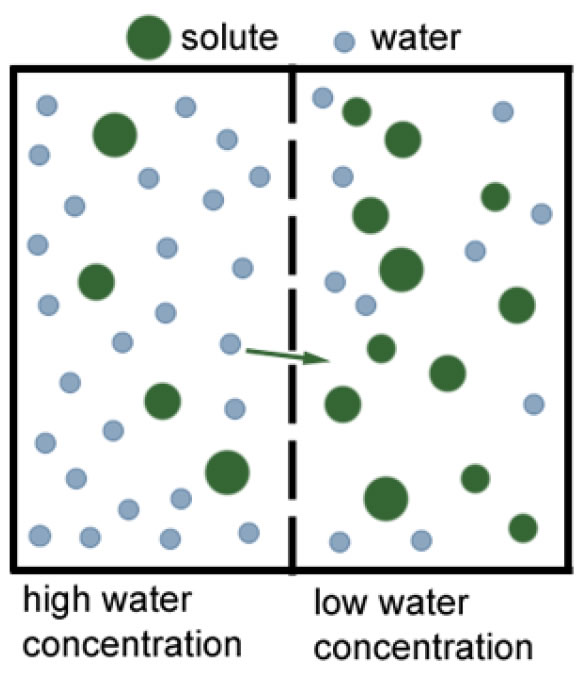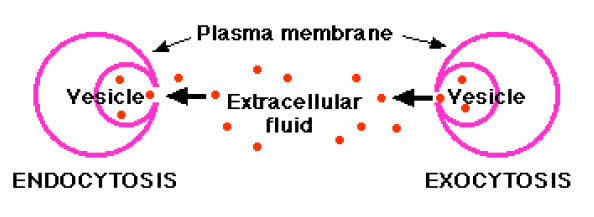Biology - The fundamental unit of life key points
Science Notes for Class 9 CBSE
Chapter 5 THE FUNDAMENTAL UNIT OF LIFE
Key points
1. All the living organisms are made up of fundamental unit of life called” cell”.
2. The cell is a Latin word for “a little room”.
3. The scientist Robert Hooke saw a little room in the cork (the bark of a tree) resembled the structure of a honeycomb. The use of the word “Cell” to describe these units is used till this day in Biology as” Cell Biology”.
4. The Compound Microscope consist eye piece,objective lens and condenser to observe a cell after putting a drop of Safranin (for plant cell) and methylene blue (for animal cell). ( Please refer to Fig. 5.1: Compound Microscope NCERT Book Page-57)
5. The scientist Leeuwenhoek saw free living cells in the pond water for the first time. ( father of microbiology)
6. The scientist Robert Brown discovered the nucleus in the cell.
7. The cell theory states that all the plants and animals are composed of cells, it was proposed by Schleiden and Schwann.
8. The cell theory was further expanded by Virchow by suggesting that “all cells arise from the pre-existing cells”.
9. The cells differ in size, shape, structure (Please refer to Fig. 5.2/5.3: Onion peel/Various cells in Human body, NCERT Book Page-57/58):Types of cells: Onion cells, Smooth muscle cell, Blood cells, Bone cell, Fat cell, Nerve cell, Ovum, Sperm etc. Each kind of cell performs specific function. 59
10. A single cell may constitute a whole organism as in Amoeba, Chlamydomonas, Paramecium and Bacteria; these are called as unicellular organisms. Whereas in multi-cellular organisms (Human beings) division of labor is seen.
11. The feature in almost every cell is same: Plasma membrane, nucleus and cytoplasm.
12. Plasma membrane: It is the outermost covering of the cell.
- It is called as selective permeable membrane (because it prevents movement of some materials).
- It helps in diffusion and osmosis
- Diffusion: movement of substance from high concentration to low concentration.
Eg; exchange of carbon dioxide or oxygen with external environment.

osmosis: it is the passage of water from the region of high water concentration to a region of low water concentration through a selective permeable membrane.

a) The cell gains water, if the medium surrounding the cell has a higher water concentration (Hypotonic solution) than the cell.
b) The cell maintains the same water concentration as the cell (Isotonic solution), water crosses the cell membrane in both directions.
c)The cell loses water, if the medium has lower water concentration (Hypertonic solution) than the cell.
Note - The cell drinking is endosmosis;
- omission of water is called ex-osmosis.

13. The cell engulfs food is called endocytosis and ejects solid is called exocytosis. Amoeba acquires food through endocytosis and excretion of solid is called exocytosis.
14. The cell wall is a rigid outer covering composed of cellulose. It provides structural strength to plant cells. When a living cell loses water, there is shrinkage of contents of a cell away from the cell wall. This phenomenon is called as plasmolysis. The cell walls permit the cells of plants, fungi and bacteria to withstand very dilute (Hypotonic) external media without bursting.
15. The Nucleus: It is a dark colored, spherical or oval, dot-like structure near the center of a cell called Nucleus. The nucleus plays a central role in cellular activities/ reproduction. The chromatin material gets organized into chromosomes. The chromosomes contain information for inheritance of features from parents to next generations in the form of DNA( Deoxyribo Nucleic Acid ) and protein molecules. The functional segments of DNA are called genes.
16. In some organisms like Bacteria nucleus is not covered by nuclear membrane. Hence it is called as prokaryote. (Pro= primitive; karyote = karyon = nucleus.) The organisms with cells having a nuclear membrane are called eukaryotes. 17. Differences between prokaryotes and eukaryotes( Please refer to Fig. 5.4: Prokaryotic cell NCERT Book Page-62)
| Prokaryotes | Eukaryotes |
| Size: generally small (1-10 μm) | Size: generally large. (5-500 μm) |
| Nuclear region: Not well defined and not surrounded by a nuclear membrane & known as nucleoids. | Nuclear region: Well defined and surrounded by a nuclear membrane |
| Chromosome: Single | Chromosome: More than one chromosome |
| Membrane-bound cell organelles absent | Membrane-bound cell organelles present |
| Eg- bacteria, blue green algae | Eg fungi, plant cell and animal cell. |
18. Cell organelles: Every cell has fluid matrix (other than nucleus) is called cytoplasm. The nucleus and cytoplasm is together called as protoplasm. The protoplasm term was coined by Purkinje. It has important cell organelles: Endoplasmic Reticulum (ER), Golgi apparatus, Lysosomes, Mitochondria, Plastids, and vacuoles.
19. Endoplasmic Reticulum (ER): It is a large network of membrane –bound tubules and vesicles.
- There are two types of Endoplasmic Reticulum
- Rough Endoplasmic Reticulum (RER) (It looks rough because Ribosomes are attached to its surface. They are the sites of protein synthesis).
- Smooth Endoplasmic Reticulum (SER) (It looks smooth because Ribosomes are not attached to its surface. They are the sites of fat molecules synthesis).
1. SER ; help in the functioning of enzymes and hormones to carryout biochemical activities.
2. SER detoxifies many poisons and drugs from the cell.
2. ER serves as channel for the transport of material between various regions of the cytoplasm and the nucleus.
3. Proteins and fat molecules produced by ER helps in membrane biogenesis.
20. Golgi apparatus
Lysosomes ,mitochondria,ER,plastids,vacuole,etc.
21. Difference between plant cell and animal cell
